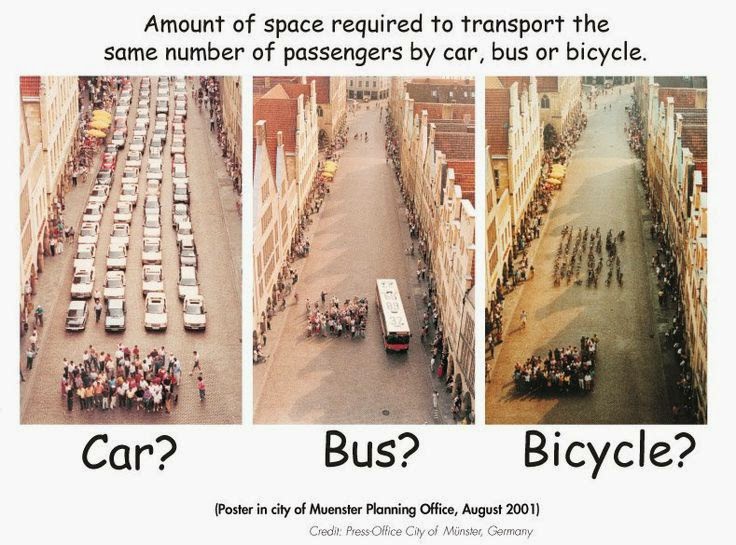The other day I got out for a bit of a ride. On my way home, I passed through the Brooklyn Heights and Cobble Hill neighborhoods of Brooklyn.
The Heights abuts the waterfront and the Hill is next door. Both neighborhoods have been the home of a number of writers, especially poets--including the ones everyone's heard of like Walt Whitman, Hart Crane and Marianne Moore and ones only readers of this blog have heard of, like yours truly.
Anyway, much of the Heights gentrified decades ago--in fact, one of the first landmarked districts in the United States lies within the neighborhood. Cobble Hill is also turning into an enclave of young professionals and families.
One result of those demographic changes--and shifts in the city's, nation's and world's economy--is that much of the city's maritime history is disappearing. I know about those developments firsthand: Two of my uncles were maritime workers and their union headquarters once occupied an entire square block, and a good part of another, in South Brooklyn. One of my early birthdays was celebrated in its reception hall; so were milestones in the lives of other family members of longshoremen and other workers. Now that square-block sized building is occupied by the largest Muslim elementary school in America and the maritime workers are relegated only to a couple of offices in the other building.
One of the last remaining vestiges of the work those men (almost all of them were male) did is seen on this building I passed on Atlantic Avenue, near Clinton Street:
The former headquarters and workshop of John Curtin's sail-making operation is now condominums, with a restaurant and Urban Outfitters store in its street-level studios.
Riding through the neighborhood made me think of this passage from Hart Crane's masterwork The Bridge:
Sleepless as the river under thee,
Vaulting the sea, the prairies’ dreaming sod,
Unto us lowliest sometime sweep, descend
And of the curveship lend a myth to God.
The Heights abuts the waterfront and the Hill is next door. Both neighborhoods have been the home of a number of writers, especially poets--including the ones everyone's heard of like Walt Whitman, Hart Crane and Marianne Moore and ones only readers of this blog have heard of, like yours truly.
Anyway, much of the Heights gentrified decades ago--in fact, one of the first landmarked districts in the United States lies within the neighborhood. Cobble Hill is also turning into an enclave of young professionals and families.
One result of those demographic changes--and shifts in the city's, nation's and world's economy--is that much of the city's maritime history is disappearing. I know about those developments firsthand: Two of my uncles were maritime workers and their union headquarters once occupied an entire square block, and a good part of another, in South Brooklyn. One of my early birthdays was celebrated in its reception hall; so were milestones in the lives of other family members of longshoremen and other workers. Now that square-block sized building is occupied by the largest Muslim elementary school in America and the maritime workers are relegated only to a couple of offices in the other building.
One of the last remaining vestiges of the work those men (almost all of them were male) did is seen on this building I passed on Atlantic Avenue, near Clinton Street:
The former headquarters and workshop of John Curtin's sail-making operation is now condominums, with a restaurant and Urban Outfitters store in its street-level studios.
Riding through the neighborhood made me think of this passage from Hart Crane's masterwork The Bridge:
Sleepless as the river under thee,
Vaulting the sea, the prairies’ dreaming sod,
Unto us lowliest sometime sweep, descend
And of the curveship lend a myth to God.


